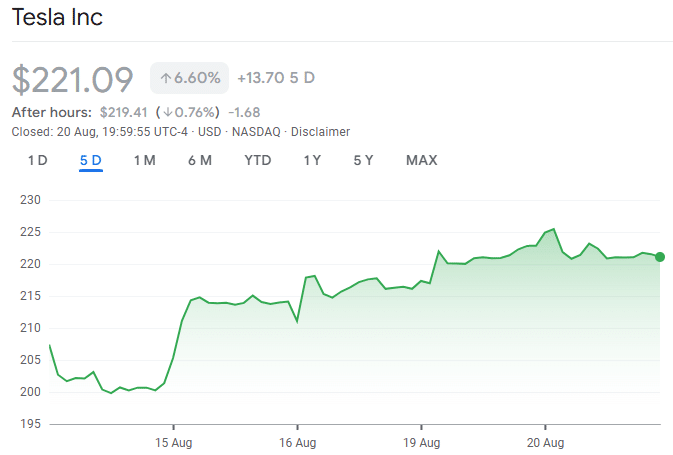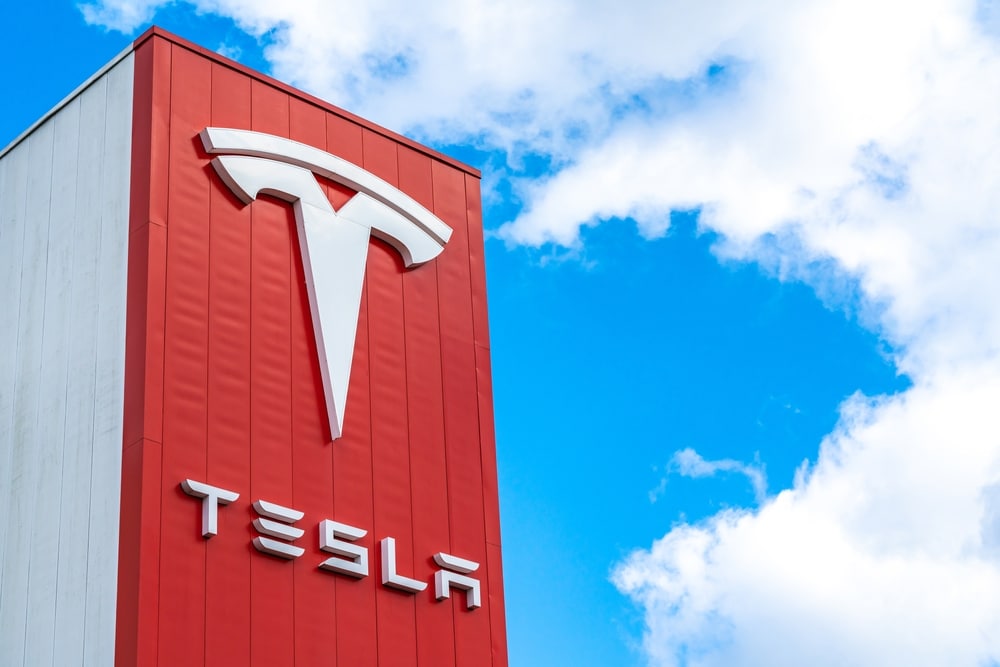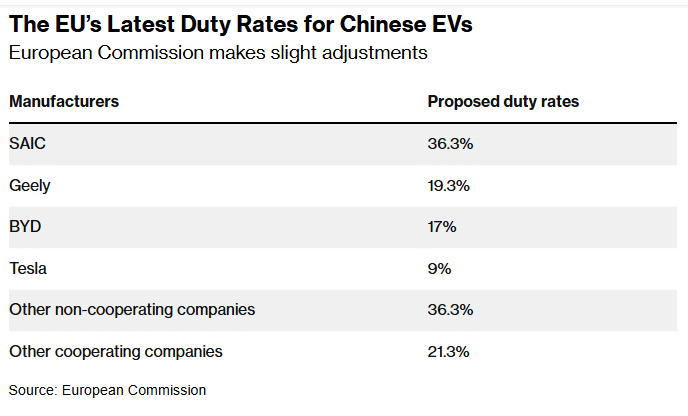On Tuesday, the European Union announced plans to impose an additional 9% tariff on Tesla EVs imported from China. The EU has also notified other automakers of its “draft decision” to set fixed tariffs on all China-made EVs, though this is lower than the previously anticipated 20.8%.
Tesla Hit with New 9% EU Tariff
The EU is intensifying its efforts against Chinese EVs with new tariffs to counter subsidies provided by Beijing. This resulted in an additional 9% tariff on Tesla EVs manufactured in China. Tesla, aware of the EU’s motives, had requested a separate assessment, which led to the EU visiting their plants and settling on this tariff.
EU officials noted that Tesla’s main advantage was receiving batteries at below-market prices. This allowed Tesla to benefit from additional perks like land-use rights, tax subsidies, and various grants, including a national subsidy available to all exporters.
Tesla shares rose slightly in New York following the announcement, despite a general decline this year.

How Will These Tariffs Impact Other Automakers?
Bloomberg reports that the EU will continue consulting with automakers before member states vote on the tariffs, expected in November. Other Chinese automakers that cooperated with the EU investigation, such as Dongfeng Motor Group and Nio, face a 21.3% duty. Non-cooperating manufacturers could face a hefty 36.3% tariff. These rates will be in addition to the existing 10% duty on Chinese exports.
Will the Tariff Sour EU-China Trade Relations?
Recent reports indicated tariffs on individual manufacturers could range from 17.4% to 37.6%, on top of the existing 10% duty. The EU estimates that rising EV prices in Europe could deter consumers. As China’s largest overseas market for EVs, the country relies on high-tech exports to bolster its economy. EU officials argue that “unfair subsidies” have allowed Chinese-made EVs to be sold much cheaper than those made in Europe, increasing reliance on imports.
However, Chinese officials have condemned the EU’s decision. The China Chamber of Commerce to the EU expressed strong opposition, claiming there is no evidence that Chinese EVs harm the European market. But The EU will continue investigating China’s support for its EV makers.
According to BBC, Germany and Hungary, have shown resistance, but the EU is moving forward. A lower tariff rate is planned for joint ventures that weren’t exporting during the investigation. The EU will not collect retroactive tariffs but may adjust rates before finalizing them.
Bloomberg notes that the final decision on the tariffs is expected by October 30, with the duties set to last for five years, subject to review. Brussels and Beijing are exploring alternative solutions that comply with World Trade Organization rules.
Trade tensions remain high with potential winners and losers. Experts suggest that the tariffs will affect not only Chinese brands but also Western EV makers in China. The EU aims to fix what it sees as a distorted market. While the EU’s move may seem less drastic than the US’s 100% tariff increase, it could be more impactful, given that Chinese EVs are more common in the EU than in the US. Although, the case may be different for Tesla.
Disclaimer: Data source Bloomberg



